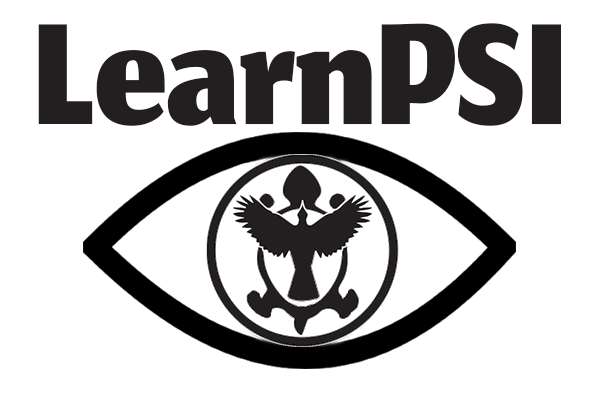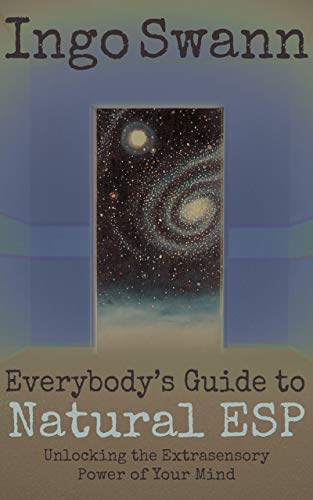Anyone who has been around the remote viewing scene knows the name Ingo Swann in the context of his work with remote viewing. Swann was of course instrumental in developing a lot of the early protocols and was closely involved in the work of establishing viability, himself having served for quite a while as a subject as well as a researcher. Few people are aware of just how well read he was on the subject, however. In addition to his work on RV, Swann was involved in a wide variety of parapsychological projects, and was extensively read.
All of this shows in his book, Everybody’s Guide to Natural ESP. Swann is somewhat critical of conventional parapsychological research, and with good cause. He advocates–correctly, in my opinion–for a phenomenological approach to psi study. Many of the terms we use in parapsychological work are somewhat arbitrary. For example, we discuss telepathy in terms of senders and receivers, and this seems to work fine in laboratory tasks, or at least well enough; but it’s not how people actually experience psychic ability “in the wild.”

It’s pretty well established that most people will have a psychic experience at some point in their lives, and most can detail it pretty well. Ian Stephenson’s work with case reports of telepathy did a fine job of illustrating that these kinds of experiences do happen to many people across many situations. But none of these experiences were about controlled conditions and statistical significance on repeated tasks. This isn’t how actually psychic people experience being psychic with any regularity.
An enduring problem that Swann points out is that confirmations of statistical significance in such tasks are held to be evidence of the model that has been created fairly arbitrarily for telepathy, empathy, clairvoyance, and so on. Because we technologically achieve these things through propagation of waves, we’re locked into that mode of thinking. There must be a sender, a receiver, and some kind of wave or force that we simply can’t detect! After all, that’s how it works with other physical phenomena.
But psychic phenomena isn’t experienced as a physical phenomena. Telepathy is a subjective experience, as is clairvoyance, as is empathy, and so on. We can see correspondences between all those things and the physical world, but the process remains unknown to us. The only people who can perceive or have knowledge of the process are the people experiencing it; and, too often, parapsychologists are unwilling to accept the potentially biased and subjective experiences of psychics as evidence. This isn’t universal, of course; there are parapsychologists who do take these things into account, but it’s common enough to be a problem.
Swann’s work is a strong reminder that the development of psi ability hasn’t been done in a laboratory for most of its history. Before J.B. Rhine, there were mediums; before mediums, yogis and shamans, and so on. The history of exceptional human experiences is as long as the history of humans. Learning psychic ability is something we can all do because psychic skills are innate human skills, not something engineered in the laboratory. The student of psychic ability should not concern herself with conforming to laboratory expectations. Instead, let’s focus on having psychic experiences. This is something I’ve taken a great deal of pride in making a cornerstone of the LearnPSI program.


No responses yet